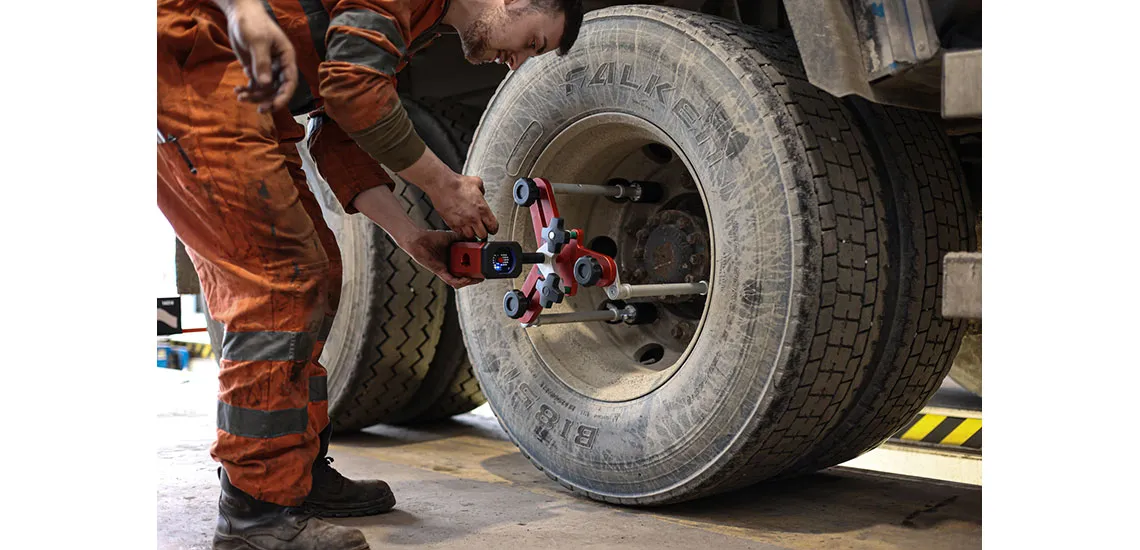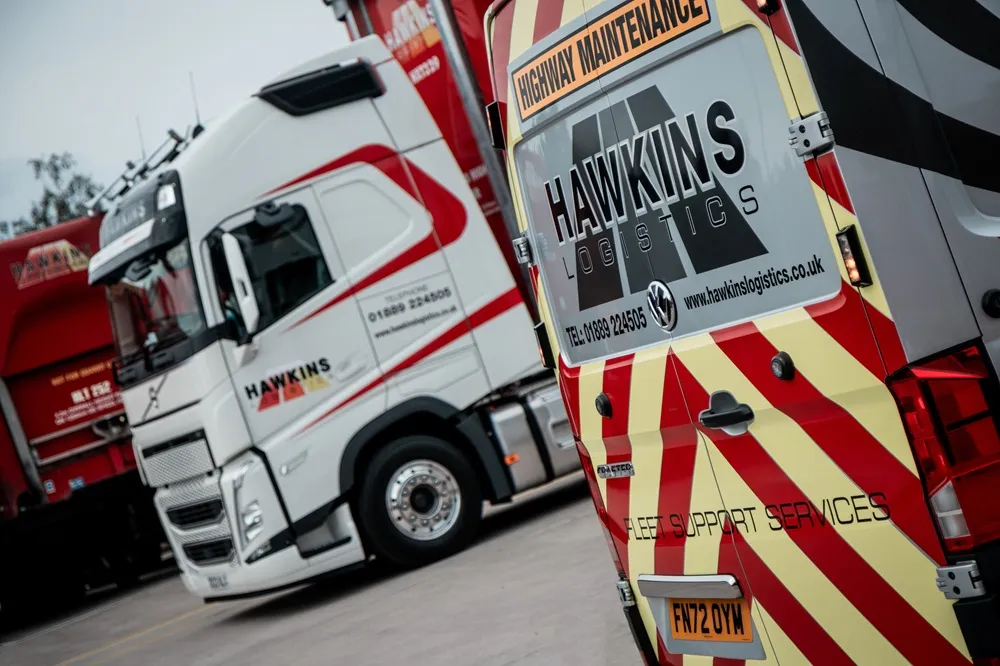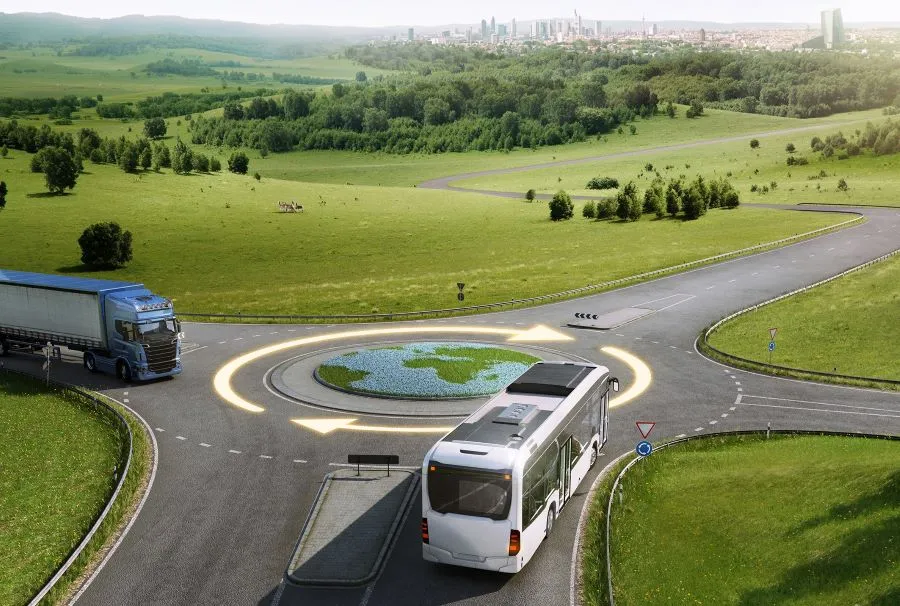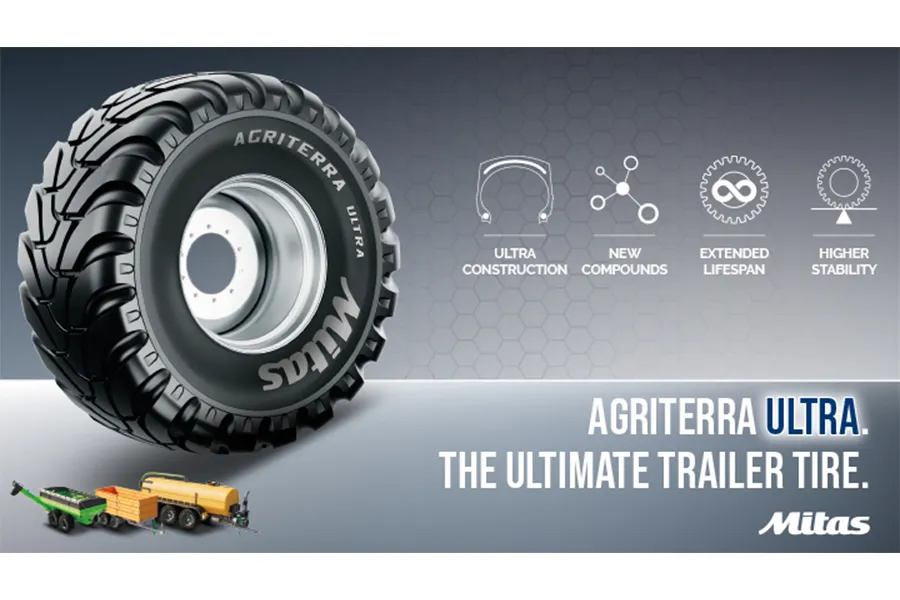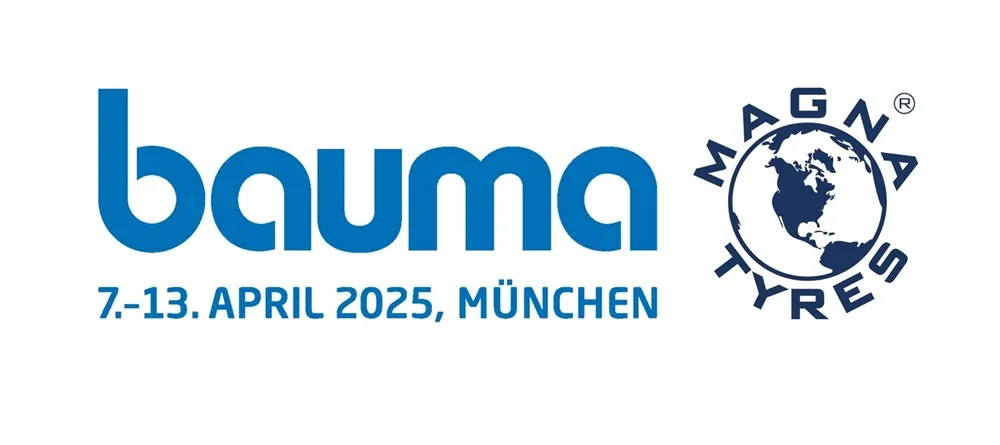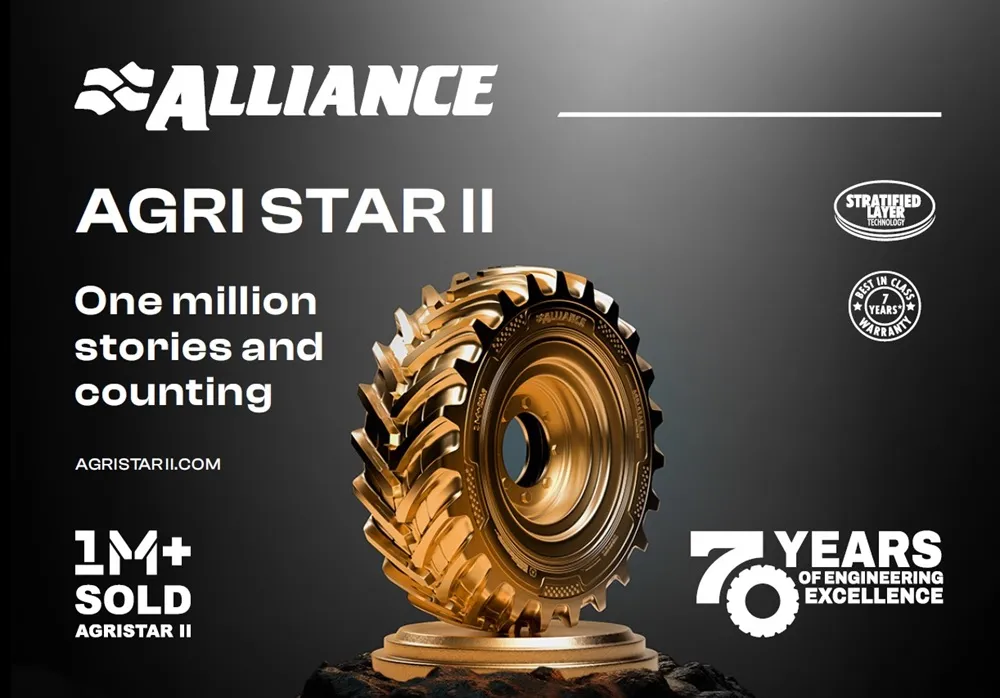Helping operators diagnose and correct misaligned HGV vehicles, Automotive Equipment Solutions UK (AES UK) is offering the latest JOSAM Cam-aligner wheel alignment system to the UK transport industry.
Misaligned Vehicles Remains Big Problem for UK industry
As JOSAM’s sole distributor, AES recommends the Cam-aligner due to the device being a compact, mobile and easy-to-use system which uses patented camera technology used on many European truck production lines.
Explaining the benefits, AES UK Director Tom Coad, says: “This easy-to-use system lines up all axles to the vehicle frame and with just a half turn of the wheel, readings are sent to the laptop or tablet to allow instant diagnosis and subsequent live adjustments. Then, the operator can make the adjustments in the inspection pit or ramp with their tablet or laptop at the ready.
“Less advanced wheel alignment systems typically just check from the drive axle or hang off the wheel itself but because many of these can be out of alignment or, in the case of wheels (damaged), it’s very difficult to get accurate, repeatable readings”
AES, through research of its own believes that one degree out of alignment between the wheels could cause a 10% deficiency in tyre wear, resulting in increased fuel consumption.
Additionally, Coad adds that the ongoing mechanical stress caused by serious misalignment will compromise the vehicle’s performance and drivability. From an environmental standpoint, continual tyre abrasion also contributes significantly to air pollution as micro particulates are dispersed into the atmosphere.
“This is where the Cam-aligner comes in” adds Coad. “The advantage is that, owing to the lightweight mobility of the system, if required, technicians can go straight to the vehicle to carry out all requisite checks and corrections and the operator saves on the downtime and cost of having to send the vehicle back to the dealer.” In this regard, Coad points out that the system is approved by Mercedes-Benz Truck, Bus & Van, and is recommended by Scania, Volvo Truck and Bus, and Renault Truck and Van.
Diagnosing a truck quickly, with the right equipment, is the easy part of wheel alignment. Where most time is spent, and is often the most difficult, AES UK believes is on the adjustments or corrective measures. Having the right equipment is one thing, but having the correct training, commercial vehicle expertise and back-up support is what needs to go alongside it, the company adds.
Commenting further regarding the contributory factors to air pollution and the problem of harmful emissions through excessive tyre wear, Coad notes, “There are numerous studies which share the common conclusion that tyre wear is a major source of air pollution. Our own recent industry research found that 60% of vehicle operators only attend to tyre wear issues once a problem has been identified. This ‘reactive’ approach highlights two key areas of concern; the first being that incorrect alignment increases rolling resistance and therefore increases fuel consumption – which can never be retrieved.
“The second is that incorrect alignment results in premature tyre wear and once a tyre has started to wear unevenly it is virtually impossible to retrieve, so it will continue to wear unevenly. Taking this approach, the costs to business and the environment are significant.”
AES UK recommend a policy of proactive tyre management because, as Coad explains, even the smallest axle displacement left undiagnosed, can cause a noticeable effect. The Josam cam-aligner software along with the wheel alignment aspect also has an in-built tyre management system which allows you to store tyre pressures and tread depths for a particular vehicle alongside the ‘before and after’ wheel alignment reports.
If, for example, one wheel rolls 5mm per metre to the right and the other wheel rolls 5mm to the left, the wheels will constantly attempt to diverge from each other, which causes rolling resistance, uneven tyre wear and increased fuel consumption.
“By using an effective wheel-alignment solution” concludes Coad, “operators of most vehicles, including HGV, PSV and LCV, can reduce tyre failure and improve road safety while keeping transport and environmental costs down.”

